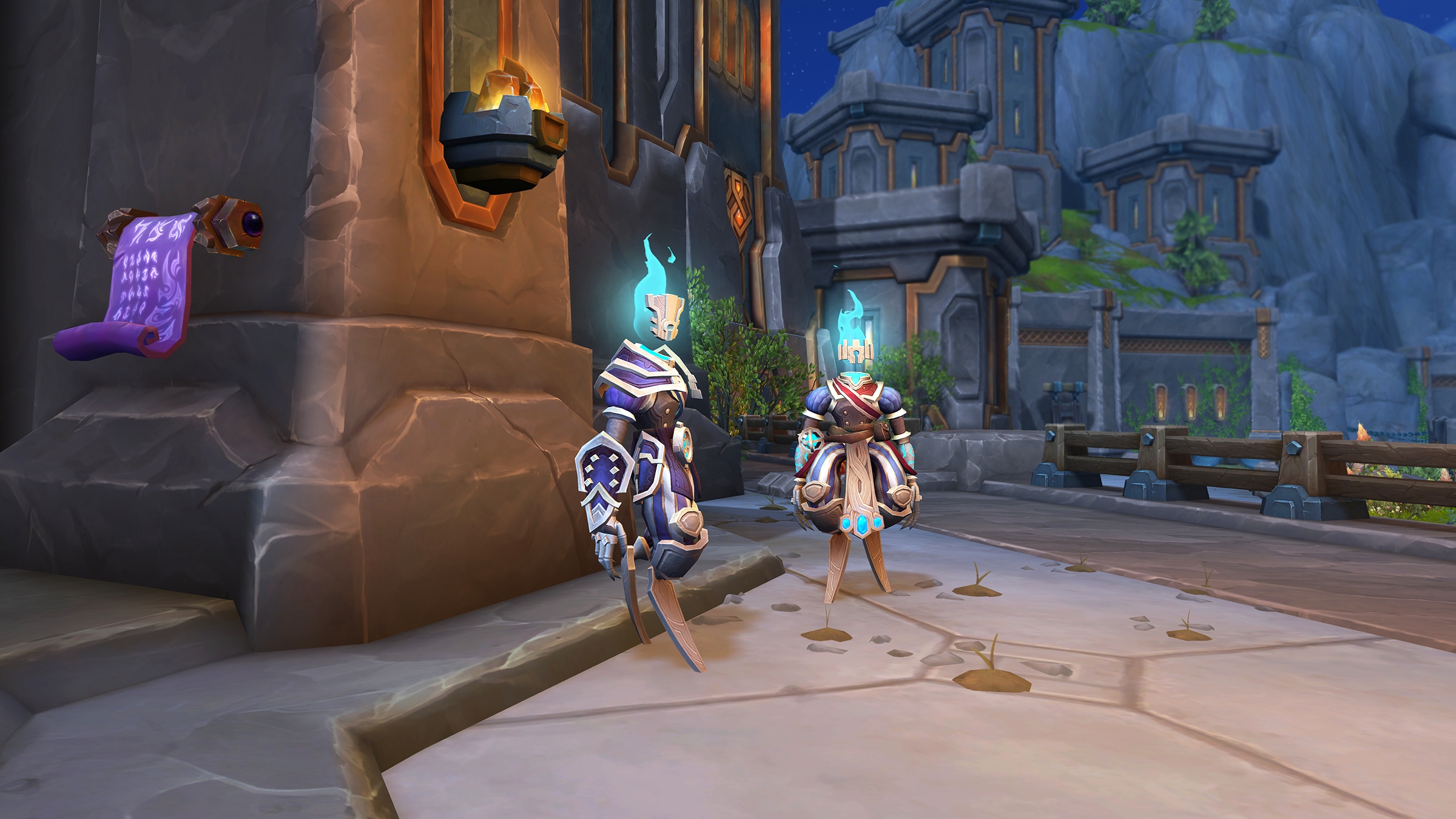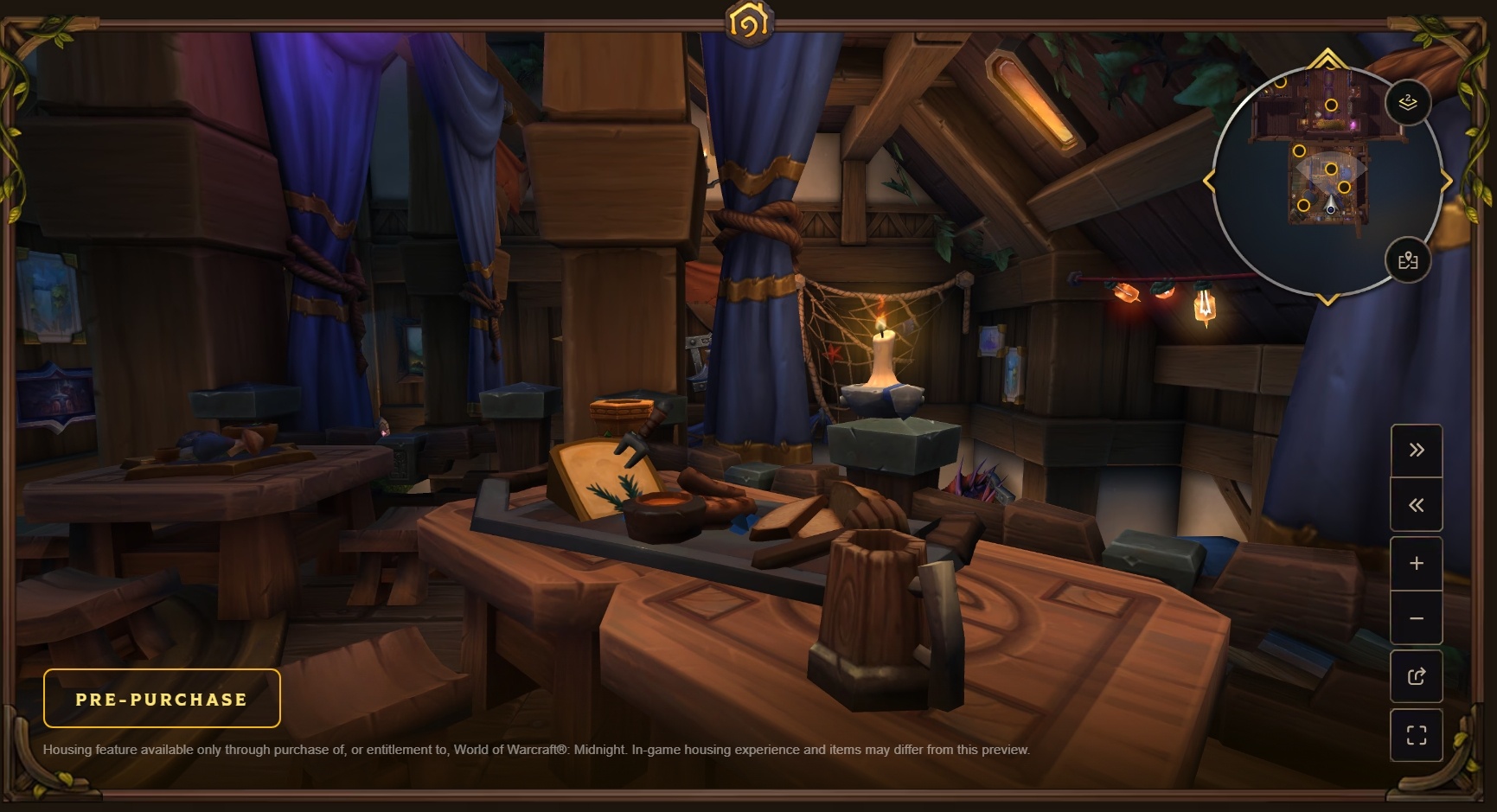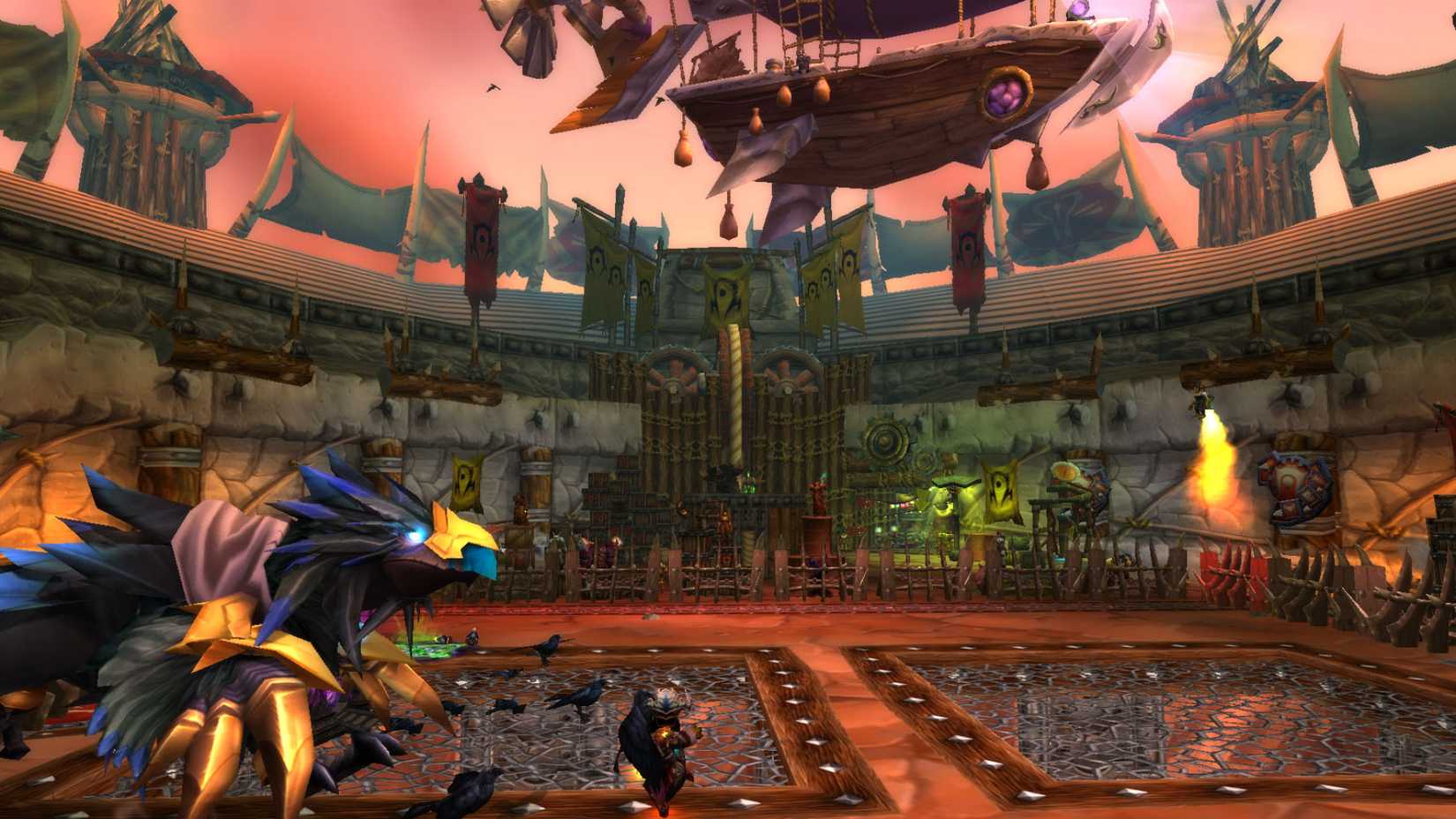World of Warcraft: Midnight’s ‘Nuclear Option’ Targets Combat Addons—Is This the End of DBM and WeakAuras?
Popular Now
 Fortnite
Fortnite
 CarX Street
CarX Street
 Garena Free Fire: Kalahari
Garena Free Fire: Kalahari
 Call of Duty
Call of Duty
 Fall Guys
Fall Guys
 Toca Boca World
Toca Boca World
 Auto X Drift Racing 3
Auto X Drift Racing 3
 God of War Ragnarök
God of War Ragnarök
 League of Legends
League of Legends
 FIFA 23
FIFA 23

The landscape of competitive World of Warcraft is on the brink of a seismic shift. As the highly anticipated Midnight expansion approaches, Blizzard has confirmed the largest and most controversial change to the game’s Addon API in its twenty-year history: the effective disabling of real-time combat functionality for third-party mods in end-game content. This monumental decision targets what many consider to be essential WoW addons, with the most popular and ubiquitous tools—Deadly Boss Mods (DBM) and WeakAuras—facing severe or total disruption in raids and Mythic+ dungeons. This news has sparked fierce debate in the community, with players and content creators grappling with the implications for accessibility, encounter design, and the future of high-end PvE.
The core of the change revolves around the concept of a “black box” for combat data. In Midnight, once players enter instanced content like raids, dungeons, battlegrounds, or arenas, real-time combat information such as cooldowns, buffs, debuffs, and combat log events will be moved into an inaccessible area of the API. This technically precise move is designed to prevent addons from performing “real-time, problem-solving computation” that, in Blizzard’s view, has led to an “arms race” between encounter designers and addon developers.
The API Shutdown: An End to Real-Time Combat Assistance
The affected addons are numerous, but the immediate focus remains on the giants:
- Deadly Boss Mods (DBM) / BigWigs: These boss-mod titans, which provide crucial timers, audio warnings, and positional instructions for raid and dungeon mechanics, rely heavily on combat event data. While the DBM author, known as MysticalOS, has stated the addon will “adapt,” its core function—predictive, real-time alerts—will be fundamentally crippled in end-game instances. Blizzard is developing its own native “Boss Ability Tracker” to fill this void, but early previews suggest it lacks the extensive customization and detail players have come to rely on.
- WeakAuras: Perhaps the most versatile tool in a high-end player’s arsenal, WeakAuras uses combat data to create highly customized visual and audio cues for everything from personal ability procs and cooldowns to complex raid-wide mechanic assignments. The developers of WeakAuras have already announced they do not expect to release a version for Midnight, citing that the API restrictions are “so severe that core functionality” would be impossible to maintain. This loss is felt keenly by players who use custom auras for accessibility or to track complex class rotations that the default UI fails to convey.
- Other Tools: The “black box” extends beyond just boss mods. Addons for damage meters (which relied on combat logs), cooldown tracking (like OmniCD), threat meters (like Omen), and even raid communication/note-sharing utilities (like Method Raid Tools and loot council addons like RCLootCouncil) are being heavily impacted, as Blizzard’s current implementation restricts access to combat logs and in-instance chat messages. This suggests a far-reaching impact on raid leadership and coordination.
Blizzard’s Design Philosophy: A Return to ‘Visual Puzzles’
The company’s motivation for this drastic change is rooted in a desire to reassert control over the core gameplay loop. Game Director Ion Hazzikostas and his team have long argued that encounters had become increasingly unreadable without third-party tools, forcing a player to focus on addon warnings rather than the action on the screen. The new design philosophy for Midnight’s dungeons and raids is centered on making mechanics:
- Visually Clearer: Boss abilities will feature more pronounced and less ambiguous visual telegraphs.
- More Forgiving: Mechanics will have longer reaction windows, reducing the reliance on split-second, scripted addon calls.
- Simpler Class Rotations: Class and spec changes are accompanying the addon purge, aiming to reduce the intensive proc and buff tracking (the “15 procs, 8 passives” problem) that made WeakAuras a mandatory tool for optimal DPS rotation.
Blizzard is positioning this move as a step toward improving game accessibility by integrating essential functionality into the default UI. New native features, including an improved Cooldown Manager and an in-game Boss Mod-style timeline, are slated to launch with Midnight. However, skepticism is high among players, with early alpha feedback indicating that these replacements are currently “half-assed” and lack the customization options that were a hallmark of community-developed tools. The debate boils down to whether Blizzard can deliver an in-house alternative that matches the flexibility and depth of the addons they are effectively retiring.
 The High Stakes of Competitive PvE
The High Stakes of Competitive PvE
The changes are expected to have a profound impact on the competitive scene, particularly the Race to World First and high-end Mythic+ pushing. Without complex, shared WeakAuras and precise DBM timers, teams will need to rely more heavily on internal communication, voice coordination, and mastery of the native UI. The challenge will shift from efficiently executing an “addon script” to quickly interpreting visual and audio cues delivered exclusively by the base game. This change may be perceived as a positive move by some, raising the mechanical skill ceiling, but for many, it represents a loss of critical data needed to perform optimally. The healing community, in particular, is voicing concern, as healing-specific addons that track buffs and HoTs (Heals over Time) on party frames are also severely affected by the API lockdown, raising fears of a “disaster” for a role that already struggles with complexity.
 This is not merely a cosmetic update; it is a fundamental re-architecture of how World of Warcraft delivers information to its most engaged players. The high CPC keywords that define the competitive scene—Mythic+, Raiding, DPS, Healer, Addon API, and World First—are all tied to this transition. Blizzard is betting that a more controlled, “vanilla” experience, where the game itself is the primary source of information, will be a healthier long-term design. The community, however, is nervously watching the Alpha, hoping that the promised native replacements are robust enough to prevent a massive drop-off in the quality of the end-game experience. The development process for Midnight will be crucial, as Blizzard has stated they are starting with the “most extreme version” of restrictions and plan to roll back based on player feedback. For now, the future of the most popular WoW addons remains uncertain, marking this as one of the most significant news stories in the MMO space this year.
This is not merely a cosmetic update; it is a fundamental re-architecture of how World of Warcraft delivers information to its most engaged players. The high CPC keywords that define the competitive scene—Mythic+, Raiding, DPS, Healer, Addon API, and World First—are all tied to this transition. Blizzard is betting that a more controlled, “vanilla” experience, where the game itself is the primary source of information, will be a healthier long-term design. The community, however, is nervously watching the Alpha, hoping that the promised native replacements are robust enough to prevent a massive drop-off in the quality of the end-game experience. The development process for Midnight will be crucial, as Blizzard has stated they are starting with the “most extreme version” of restrictions and plan to roll back based on player feedback. For now, the future of the most popular WoW addons remains uncertain, marking this as one of the most significant news stories in the MMO space this year.









